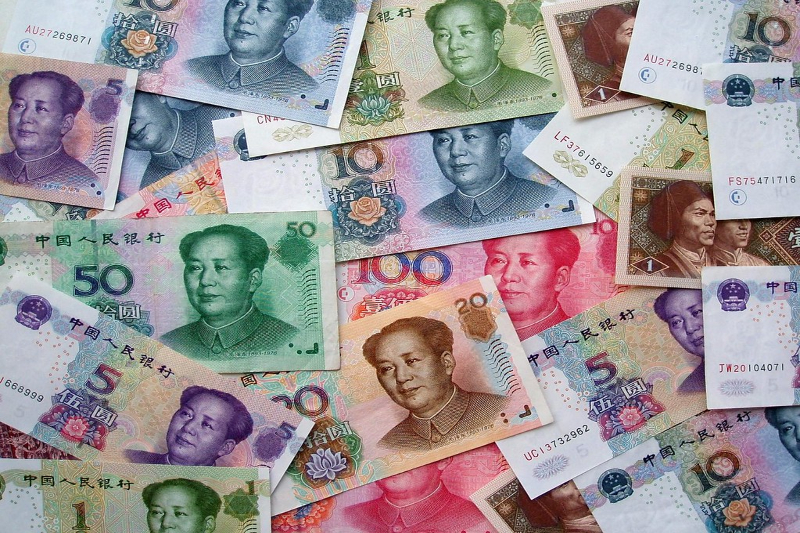 According to data released by Society for Worldwide Interbank Financial Telecommunication (SWIFT), the Chinese yuan’s market share in global payments dropped throughout the past month as a mainland liquidity squeeze brought tight conditions to the market. The renminbi’s market share dropped sharply from 1.72% in the previous monthly report to 1.59% in the current one.
According to data released by Society for Worldwide Interbank Financial Telecommunication (SWIFT), the Chinese yuan’s market share in global payments dropped throughout the past month as a mainland liquidity squeeze brought tight conditions to the market. The renminbi’s market share dropped sharply from 1.72% in the previous monthly report to 1.59% in the current one.
That said, the currency has remained the 7th most used for payments around the globe, just behind the Canadian dollar.
Last week, the People’s Bank of China (PBoC) put its conventional monetary policy arsenal in action for the first time since mid 2012, by cutting benchmark interest rates. The lending rate was lowered by 40 basis points to 5.6%, while the deposit rate was trimmed by only 25 basis points to 2.75%.
The central bank has also taken a fresh step towards liberalization of interest rates as it widened the permissible floating range of deposit rates from 10% to 20% above the benchmark rate.
According to a BBVA Research paper, “The interest rate cut is a welcome development although its effectiveness might be limited by tight liquidity conditions. We therefore maintain our growth projection of 7.3% in 2014 and 7.0% in 2015.”
Despite the apparent liquidity squeeze, the Chinese yuan has continued to grow its total share of payments in value exchanged in mainland China and Hong Kong – the renminbi represented 11.2%.
According to the latest RMB Tracker, 50 countries out of the 161 that exchanged payments with China and Hong Kong in October 2014 have crossed the 10% milestone of all payments. With 15 countries joining the fray throughout the past month.
After the Bank of China signed a SWAP agreement and a Memorandum of Understanding with Malaysia and Canada over the past couple of weeks, expectations are that RMB payments with these countries will continue to grow, having already marked +48% and +346% accordingly since April 2013.
According to SWIFT’s Head of Business Intelligence, Astrid Thorsen, “Over the last 18 months we have seen a significant increase in RMB usage for payments with China and Hong Kong. Most of this growth is from early adopters and main RMB clearing centres, such as Singapore and the United Kingdom, but increasingly, new countries such as Germany, Australia, Malaysia, Indonesia and Sweden are contributing to the RMB’s growth.”
‘This is a good sign for RMB adoption rates and internationalization. In particular, Canada’s RMB usage for payments, which has increased greatly over this period, is very interesting since we have not seen strong adoption of the RMB from North America to date,” she concluded.
(Small: flickr)

